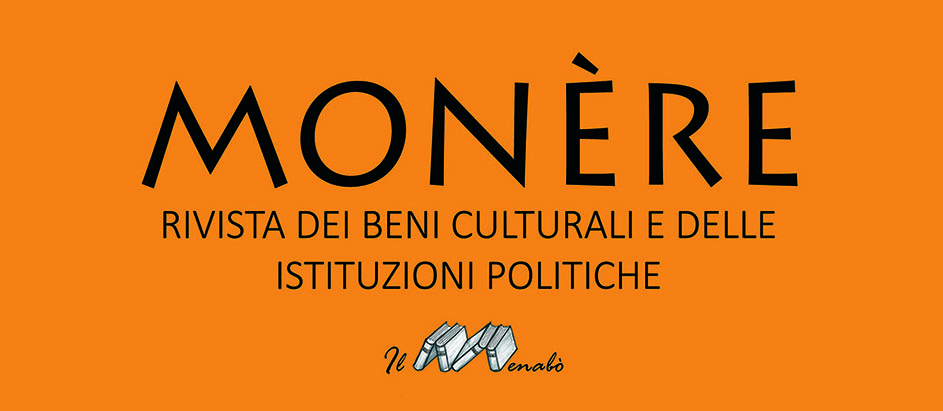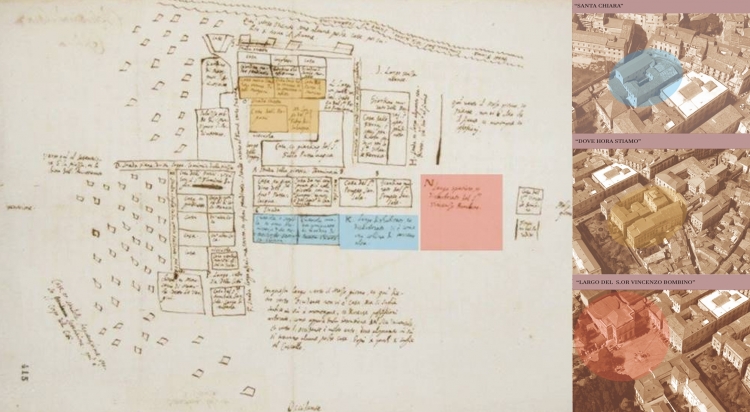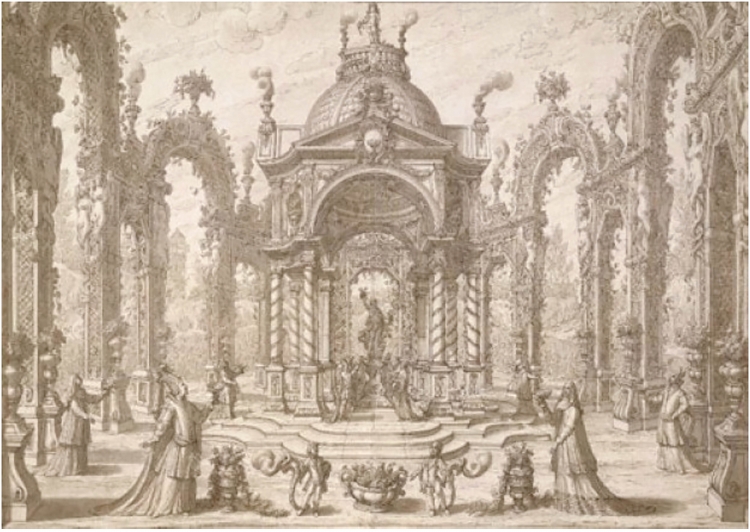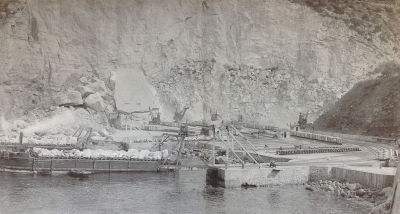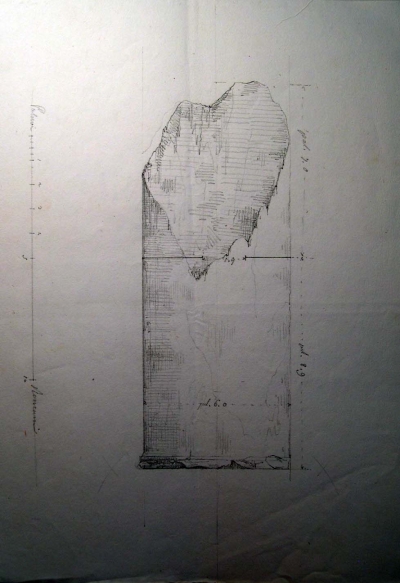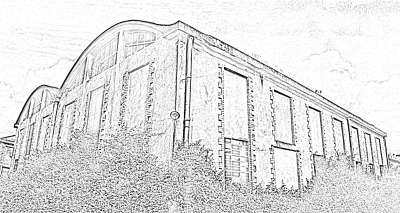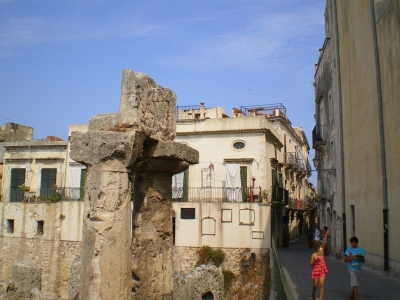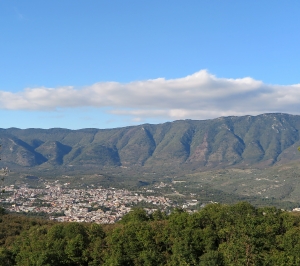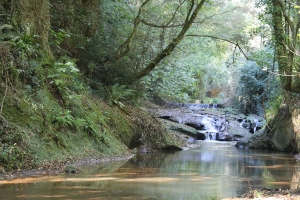
Articoli (8)
Il Complesso di Bernardino Telesio, risalente alla fine del XVI secolo, riveste particolare importanza per l'evoluzione storica e costruttiva della città di Cosenza. Esso rappresenta un palinsesto in cui numerose funzioni si sono succedute nel corso dei secoli. Infatti, l'antica chiesa del Gesù progettata dai Padri Gesuiti Provedi e De Rosis fu trasformata, agli inizi dell'Ottocento in seguito alla cacciata dei Gesuiti per volontà di papa Clemente XIV, nel Collegio di Magistero Napoleonico. Nel 1819 il governo borbonico decretò la costruzione di un teatro sullo stesso sito, inaugurato nel 1826. Successivamente, il complesso fu trasformato all'indomani dell'Unità d'Italia nel Liceo Ginnasio, funzione che mantiene tuttora. Le complesse vicende storiche che hanno caratterizzato l'edificio di Bernardino Telesio trovano corrispondenza nelle diverse tecniche costruttive, analizzate nel contributo, utilizzate per l'esecuzione di trasformazioni e ampliamenti. L'edificio rappresenta quindi un paradigma per le stratificazioni che caratterizzano il centro storico di Cosenza e fornisce un prezioso contributo nell'interpretazione dell'avanzamento delle conoscenze intorno al costruire nel Mezzogiorno d'Italia.
Nicola Ruggieri, Davide Serra
Paper focuses on the 18th-century project by the architect Giovanni Maria Galli Bibiena the Younger (1694-1777) for the Sansevero Palace in Naples. Giovanni Maria, second-born son of the famous set designer Ferdinando Galli Bibiena, worked in the Kingdom of Naples since 1743 as set designer, architect and professor of architecture during the Charles and Ferdinand IV of Bourbon eras. Unpublished documents have helped to discover the Neapolitan works of Giovanni Maria and his important clients in the city, such as the Pignatelli family and the Prince of Sansevero, Raimondo di Sangro. In particular, he was «Architetto della Casa» Sansevero for several years and supervisor of the restyling project of the palace in San Domenico Maggiore Square since 1760. The Sansevero Palace, built in the early years of the 16th century by the architect Giovanni Merliano from Nola, was radically remade by Bibiena since the second half of the 18th century. Thanks to the study of important documentary sources it has been possible to recreate the original project, based on restyling stables, garages, atrium, grand staircase and the Prince apartment.
Ilaria Pontillo
From the early 20th century, and for fifty years over, the Massa Lubrense coast – at the far end of the Sorrento peninsula – hosted many limestone quarries that have quickly taken the place of the traditional extractive activities. Pushed by the growing demand for raw materials, necessary for the great public works envisaged by the law regarding the Economical Development of Naples (1904), and those financed by the Neapolitan High Commission (1925-‘36), the quarry industries have irreparably modified the morphology of large portions of the coast between the bays of Puolo and Recommone. Therefore, it is not a coincidence that the first oppositions into the destruction of this extraordinary natural context will arise from Capri, where in July 1922 was organized the first Landscape Conference by the island mayor, Edwin Cerio. The conference, a local and national extraordinary event at the same time, allowed to reflect on the recent Italian law regarding the Protection of Natural Beauty, laying the foundations for the development of a true 'national landscape conscience'. Thanks above all to Cerio and to the Massa Lubrense mayor, Salvatore Cerulli, in the following years will be at last listened the condemnations by Norman Douglas, Gino Doria and, later, Roberto Pane, contributing so to the progressive closure of the lubrense quarries by the mid-century.
Giuseppe Pignatelli
The reconstruction of the Basilica of St. Paolo Fuori le Mura has been extensively addressed by renowned scholars, to whom we refer for a more complete understanding of its events over time. The essay proposes a framing of the story within the activity of the bodies for the protection of the historical-artistic heritage of the former Italian states. Among these organizations of particular interest, for the significant institutional organization that the Papal State had given itself, are the Auxiliary Commissions of Fine Arts established by the Edict of Cardinal Pacca of 1820 in all provinces of the State, in direct dependence with the Commission of Central Fine Arts in Rome. The documentary body is kept in the State Archives of Rome. The fund has vast proportions and the time relocation of the events described is complex, since the cards are not chronologically stored.
Mariano Nuzzo
In recent years, the growing attention to the conservation of cultural heritage has led to the development of numerous theoretical and experimental research on masonry constructions, a few of which, however, have concerned the typical structures of the factories, present in considerable numbers on the national territory. There are also many complexes built about a century ago and intended for different types of processing (tobacco, sugar, hemp, silk, etc..) and now disused. From a structural point of view, these buildings, although different in type and construction techniques, are generally characterized by large lounges room spaces, with high walls where vertically extended openings identify slender partitions, or where there are large horizontal windows and almost always lack intermediate floors. Currently, the need for conservation and protection is spreading, which translates into guaranteeing the architectural, formal and material integrity of these buildings, through interventions that are, as far as possible, aimed at preserving the original structural role of the elements and that use materials that are compatible with those in place. The work describes the possible methods of modeling and analysis that allow to achieve this goal.
Mariateresa Guadagnuolo
A broad and strategic vision of the conservation of cultural heritage implies, on the one hand, the systematisation of assets and, on the other hand, greater integration with the territorial context in which they are located. Both aspects focus on the need to consider cultural heritage as attractive nodes of a network that is based on a system of interrelations not only physical (connections between places) but also immaterial (historical-cultural connections). In this logic, fruition is to be interpreted not only as the “enjoyment" of a good, but rather as the main purpose of the conservation process itself.
This implies, from a design point of view, a constant comparison with the characteristics of the heritage to be presented as well as with the needs and expectations of those who will use it. The present work, sharing this approach, highlights the centrality of a quality fruition project that should, therefore, meet the needs of the user's knowledge in respect of the conservative need for the heritage, activating economic and cultural processes that justify the consumption, although controlled, of the good and its context.
Caterina Frettoloso
The results of a topographical research carried out in the northwestern territory Abella’s "agro" show the type of population during the first century AD, the distribution of productive settlements in its "agro". While a first revision of the archaeological data deriving from the ancient Abella’s city seems to mark, despite the epigraphic documentation, a lack of historical evidence of the first imperial age, apparently the topographical data collected in the countryside do not seem to suggest the abandonment of the productive sites between the 1st century BC and the early Augustan age, but rather their vitality and persistence over time. Some archaeological data seem to demonstrate not only the continuation of production on the sites, but also a renovation activity of the buildings following the earthquake of 62 AD and of the eruption of 79 AD which certainly struck the territories of Abella as documented epigraphically in the nearby town of Nola.
Paola Carfora
Starting from the recent intention of the Italian Prime Minister to include the environmental protection in the Italian Constitution, the article speaks about the lack of environmental protection in the Italian Constitution and analyzes the articles 2, 9 and 32 that – with an extensive interpretation – have guaranteed and guarantee an indirect constitutional protection to the environmental theme. An overview is given of the environmental safeguards present in more recent constitutions than the Italian one and in reformed constitutions of different geographical areas (South America, Africa, India, main European Countries), more in the European Treaties. At the end the text presents an author’s proposal to reform the Italian Constitution to insert the environmental protection both in the Fundamental Principles (art. 9) and in the First Part concerning Rights and Duties of citizens (art. 32 and 54).
Mario Anzevino
